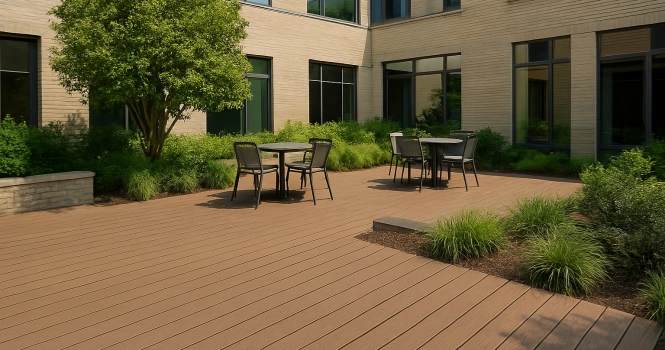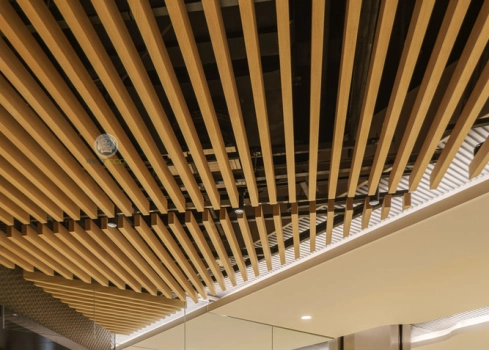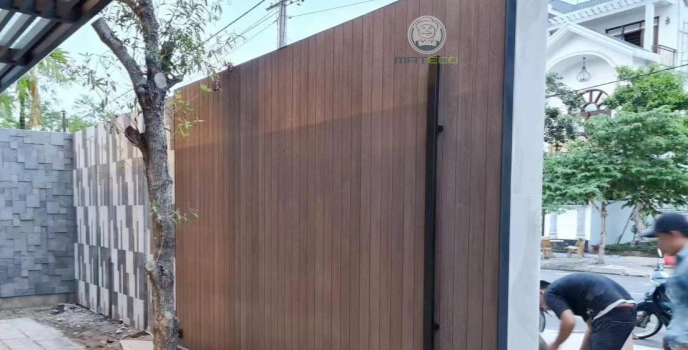How Well Does Composite Decking Handle Direct Sunlight?
If you're specifying materials for outdoor builds in high-exposure environments, you already know how punishing direct sunlight can be. UV rays, heat, and thermal cycling all work to degrade outdoor materials over time. Composite decking has earned a solid reputation for its performance, but not all boards are created equal. This guide takes you through the factors that matter most when evaluating how composite decking stands up to full sun.
Table of Contents
Thermal Expansion & Contraction
Composite decking expands in the heat and contracts as it cools—this is basic physics, but critical in real-world installations. Without proper spacing, boards may buckle or warp. Boards with higher plastic content, especially PE-based, show more movement. PVC-based boards like MATECO's are more dimensionally stable. Always allow for expansion and use movement-accommodating fasteners.
Surface Temperature
Composite decking can get hot in full sun, especially dark colors. Lighter colors and UV-reflective co-extruded products perform better. PVC cores dissipate heat differently and can be cooler underfoot than older WPC boards or hardwoods.

Material Composition Matters
Traditional PE-based WPC boards with high filler content may become brittle under UV. MATECO’s PVC-based core avoids heavy fillers and enhances UV resistance, flexibility, and durability—reducing warping and splitting.
Co-Extrusion Layers & UV Protection
High-quality decking includes a co-extruded protective cap that guards against UV, water, and abrasion. MATECO’s UV Armor layer offers long-lasting protection and improved aesthetic appeal. It’s directly bonded to the core and resists fading for over a decade.
Color Stability
Fading is a major issue for many decking products. Boards with UV-inhibiting co-extrusion maintain color far better. They avoid photodegradation and eliminate the need for staining or sealing—perfect for commercial, hospitality, or high-profile installs.

Crack & Warp Resistance
Heat breaks down natural lignin and resins in many materials. Cheaper composites may crack or splinter. PVC cores with UV caps, like MATECO’s, combine elasticity with strength for better long-term shape retention in high heat.
Installation Considerations
Decking in high sun must be installed with airflow in mind. Heat buildup can speed up aging. Use ventilated substructures and spacing tailored for thermal expansion. Secure fasteners that allow board movement help avoid warping and creaking.
Best Applications in High Sun Areas
Beachfront properties
Rooftop lounges
Sun-exposed pool decks
Open terraces or balconies
In all cases, look for UV-tested, thermally stable products with at least a 15-year warranty.
Conclusion
When sourcing composite decking for sun-heavy environments, look beyond cost per square foot. Evaluate core composition, UV protection, and heat tolerance. A well-specified board won’t just survive the sun—it’ll look and perform great for years.
If you are looking for a WPC manufacturer, MATECO WPC will be your best choice.
WhatsApp: +86-13380085620
Email: info@matecowpc.com
















